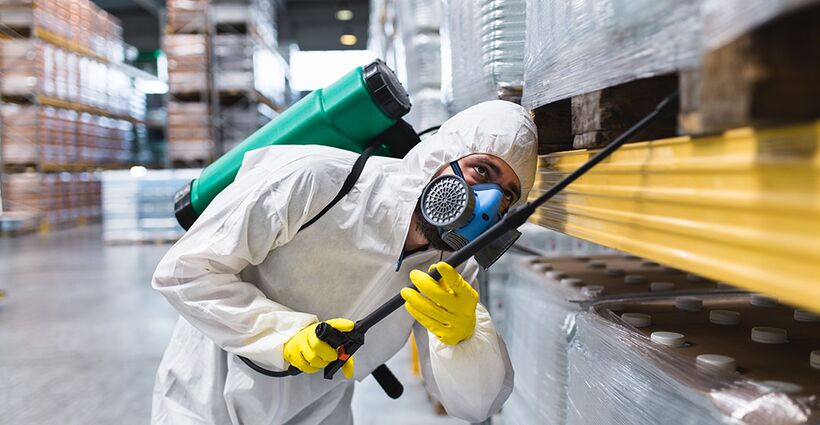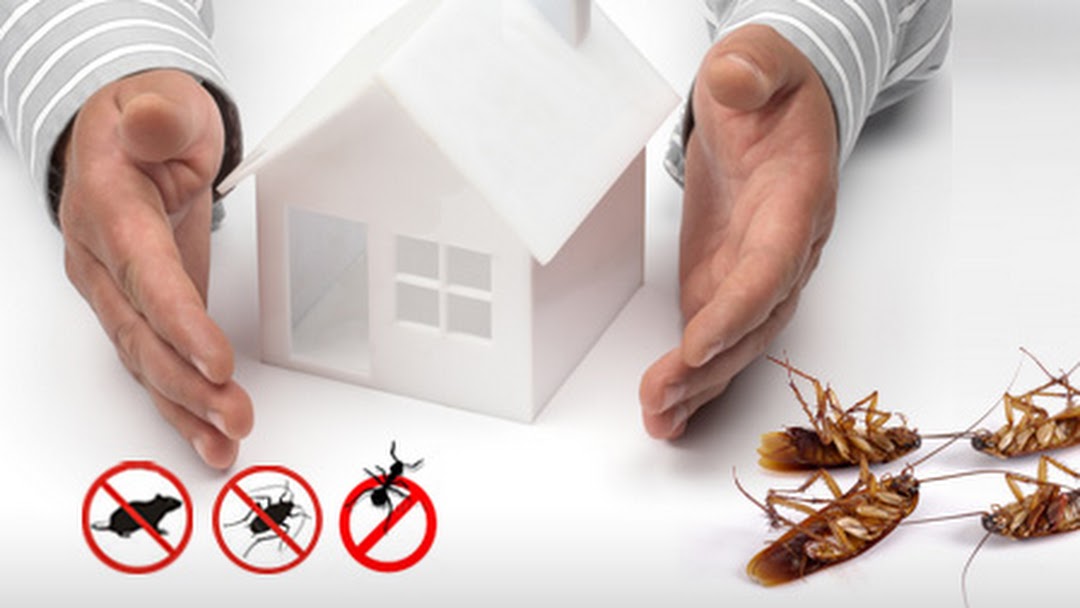Safe and Reputable Bug Control for Lasting Security
Reliable insect management calls for a multifaceted approach that stabilizes environmental stability with the demand for effective bug reductions. The nuances of these techniques might not be right away clear, triggering a better exam of the practices that can lead to lasting bug control outcomes.
Recognizing Parasite Control Techniques
Pest control includes a selection of techniques targeted at managing and eliminating undesirable insects and rodents that can intimidate both wellness and residential or commercial property. Understanding these techniques is critical for efficient pest administration.
The main classifications of pest control techniques consist of mechanical, organic, and chemical approaches. Mechanical techniques entail physical obstacles and catches to avoid pest access and capture unwanted species. For circumstances, making use of screens on windows or using sticky catches can dramatically minimize bug populaces without presenting damaging materials.

Chemical parasite control is usually one of the most acknowledged technique, making use of chemicals to eliminate insects. These chemicals can be efficient however should be utilized with care to stay clear of damaging impacts on non-target types and the setting.
Advantages of Eco-Friendly Solutions
How can green services change parasite control methods? The adoption of environmentally friendly parasite control methods provides numerous advantages, considerably improving the performance and safety and security of pest management (exterminator coquitlam). First of all, these solutions use natural active ingredients, lowering the dependence on dangerous chemicals that can posture threats to human health and wellness and the atmosphere. This change not only protects family members and pet dogs yet also minimizes the possibility for dirt and water contamination.

One more benefit is the positive effect on regional biodiversity. Environmentally friendly solutions are created to target details bugs while preserving beneficial bugs and wild animals, advertising a well balanced ecosystem. This technique straightens with the growing customer demand for lasting techniques, improving the credibility of bug control suppliers.
Integrated Bug Management Methods
The execution of environmentally friendly remedies naturally brings about the adoption of Integrated Pest Management (IPM) techniques, which further enhance parasite control effectiveness. IPM is an all natural technique that integrates numerous techniques to manage pest populations while lessening environmental impact. This approach highlights making use of biological, social, mechanical, and chemical controls, making certain a well balanced and sustainable method of pest administration.
One basic element of IPM is the complete evaluation of parasite activity and ecological conditions. By checking bug populaces and determining their life process, experts can apply targeted treatments that interrupt the insect's environment or lifecycle, lowering dependence on chemical pesticides. Additionally, cultural practices such as plant rotation and environment control can considerably diminish bug establishment and recreation.
Another crucial component is making use of organic control agents, such as valuable pests or bacteria, which can normally subdue pest populaces. When chemical applications are necessary, IPM prioritizes the usage of low-risk pesticides and applies them uniquely, lessening exposure to non-target microorganisms and people.
Incorporating IPM methods not only boosts insect control effectiveness yet also advertises a more secure environment, straightening with the growing demand for lasting methods in bug management.
Safe Practices for Homeowners
Comprehending the value of risk-free techniques in pest control can equip house owners to effectively take care of bug issues while protecting their health and the environment. Carrying out safe techniques and safety nets is crucial in minimizing direct exposure to damaging anonymous chemicals.
Homeowners need to first examine their environment for problems that bring in insects, such as standing clutter, water, and food waste. Routinely cleaning and sealing access factors can discourage bugs from invading the home. Making use of all-natural deterrents, such as vital oils or diatomaceous earth, can offer effective options to chemical pesticides.
When chemical treatments are essential, check that property owners need to go with products that are specifically classified as safe for domestic usage. It is important to follow application standards carefully to prevent too much exposure. Making use of targeted therapies in areas where insects are determined, instead than covering spraying, can substantially minimize chemical usage.
Last but not least, maintaining open interaction with pest control experts is essential. House owners ought to ask about the safety and security of items used and demand green options whenever possible. By adopting these risk-free methods, property owners can produce a healthier living setting while successfully handling pest problems.

Tips for Long-Term Security
Establishing an insect monitoring strategy that stresses long-lasting defense can significantly boost the effectiveness of the secure practices formerly gone over. To attain this, home owners must implement routine examinations of their home, concentrating on concealed areas such as attic rooms, basements, and crawl areas. Early discovery of parasite activity is critical in preventing problems from taking hold.
These techniques minimize attractants that attract insects into the home. Sealing access points, such as splits around doors and home windows, can efficiently block prospective parasite gain access to.
Landscape design must also be thought about; keeping plants cut and keeping a distance in between plants and the home minimizes hiding areas for bugs. Using natural deterrents, such as vital oils or diatomaceous earth, can additionally prevent infestations without considering harsh chemicals.
Lastly, collaborating with a professional parasite control service for periodic analyses can provide an added layer of safety. These experts can supply customized suggestions and progressed therapies, ensuring original site that your home continues to be protected versus insects in the long-term.
Final Thought
Finally, dependable and safe parasite control needs a diverse method that emphasizes green techniques and integrated bug administration. By executing all-natural deterrents, conducting normal evaluations, and maintaining correct hygiene, homeowner can substantially lower parasite populaces while securing beneficial bugs and the atmosphere. Partnership with expert insect control services improves the effectiveness of these approaches, guaranteeing tailored options that give long lasting security and comfort versus future infestations.
Effective bug monitoring calls for a complex technique that stabilizes environmental honesty with the requirement for efficient bug reductions. The adoption of eco-friendly insect control methods provides many benefits, significantly enhancing the performance and safety and security of parasite monitoring.The application of green remedies naturally leads to the adoption of Integrated Parasite Monitoring (IPM) techniques, which additionally improve parasite control efficacy. exterminator coquitlam. By keeping track of parasite populations and identifying their life cycles, experts can implement targeted interventions that interfere with the parasite's habitat or lifecycle, lowering reliance on chemical pesticides.In verdict, trusted and safe bug control calls for a complex approach that stresses green methods and incorporated bug monitoring